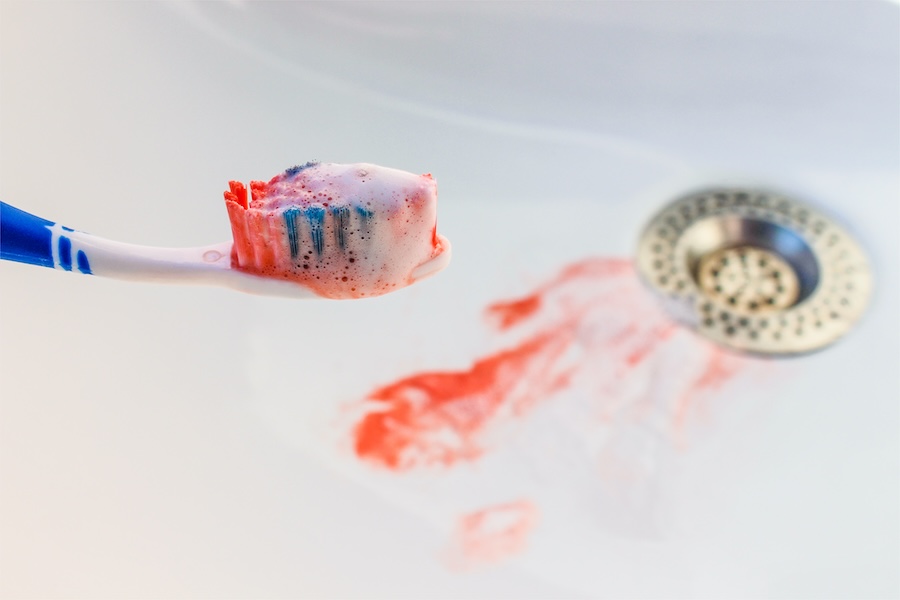
No one likes to think about gum disease, but understanding it is the first step in keeping your smile in tip-top shape. Gum disease doesn’t just appear overnight—it’s a sneaky condition that progresses through stages, each one more serious than the last. Knowing what to watch for can help you stop gum disease in its tracks before it causes serious damage.
1. Gingivitis: The Warning Sign
What’s Happening: Gingivitis is the earliest stage of gum disease, and it’s your gums’ way of sending up a red flag. Notice your gums looking a little red, swollen, or bleeding when you brush? That’s gingivitis trying to get your attention. The good news? This stage is totally reversible with some TLC and regular dental visits.
How to Handle It: Ramp up your brushing and flossing routine, and don’t skip those regular cleanings. Your dentist might also suggest an antibacterial mouthwash to help get rid of the bacteria causing the inflammation.
2. Early Periodontitis: The Plot Thickens
What’s Happening: If gingivitis doesn’t get the care it needs, it can escalate into early periodontitis. Now, your gums are starting to pull away from your teeth, creating pockets that trap food and bacteria. You might also notice some bad breath that just won’t quit.
How to Handle It: Early periodontitis requires a little more attention. Your dentist will likely recommend a deep cleaning treatment known as scaling and root planing to clear out those pockets. They may also prescribe antibiotics to help tackle the infection.
3. Moderate Periodontitis: Getting Serious
What’s Happening: At this stage, the infection has worked its way deeper into your gums and bone. The pockets around your teeth are getting larger, and you might notice your teeth starting to shift or feel loose. Moderate periodontitis is where things get serious.
How to Handle It: Treating moderate periodontitis may involve more intensive procedures, including surgery to clean deep pockets or even bone grafting to repair the damage. It’s crucial to follow your dentist’s advice to prevent further progression.
4. Advanced Periodontitis: Risk of Tooth Loss
What’s Happening: Advanced periodontitis is the final and most severe stage of gum disease. By now, the supporting structures of your teeth—your gums and bone—are severely damaged. Teeth may become very loose and could fall out or need to be removed.
How to Handle It: At this stage, aggressive treatment is necessary. Surgical options like flap surgery or bone grafts might be on the table, and tooth extractions could be required if the damage is too severe. But don’t worry—your dentist will guide you through the best options for restoring your smile, which might include dental implants or other replacements.
Keep Your Gums Healthy at Fairfield Dentistry: Jack Vayner, DDS, in Fairfield, CT
Gum disease might sound scary, but the good news is it’s preventable and treatable—especially when you catch it early. At Fairfield Dentistry in Fairfield, CT, Dr. Jack Vayner is dedicated to helping you keep your gums healthy and your smile bright. Whether you’re looking to prevent gum disease or need treatment, our team is here to provide personalized care that meets your needs.
If it’s been a while since your last check-up or you’re concerned about gum disease, contact us at Fairfield Dentistry today. Let’s work together to keep your gums healthy and your smile strong!
